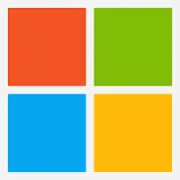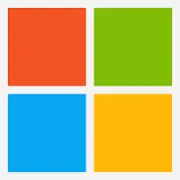
Microsoft Entra IDFormerly Microsoft Azure Active Directory
Starting at $6 per user/per month
View Pricing Overview
What is Microsoft Entra ID?
Microsoft Entra ID (formerly Microsoft Azure Active Directory or Azure AD) is a cloud-based identity and access management (IAM) solution supporting restricted access to applications with Azure Multi-Factor Authentication (MFA) built-in, single sign-on (SSO), B2B collaboration controls, self-service password, and…
